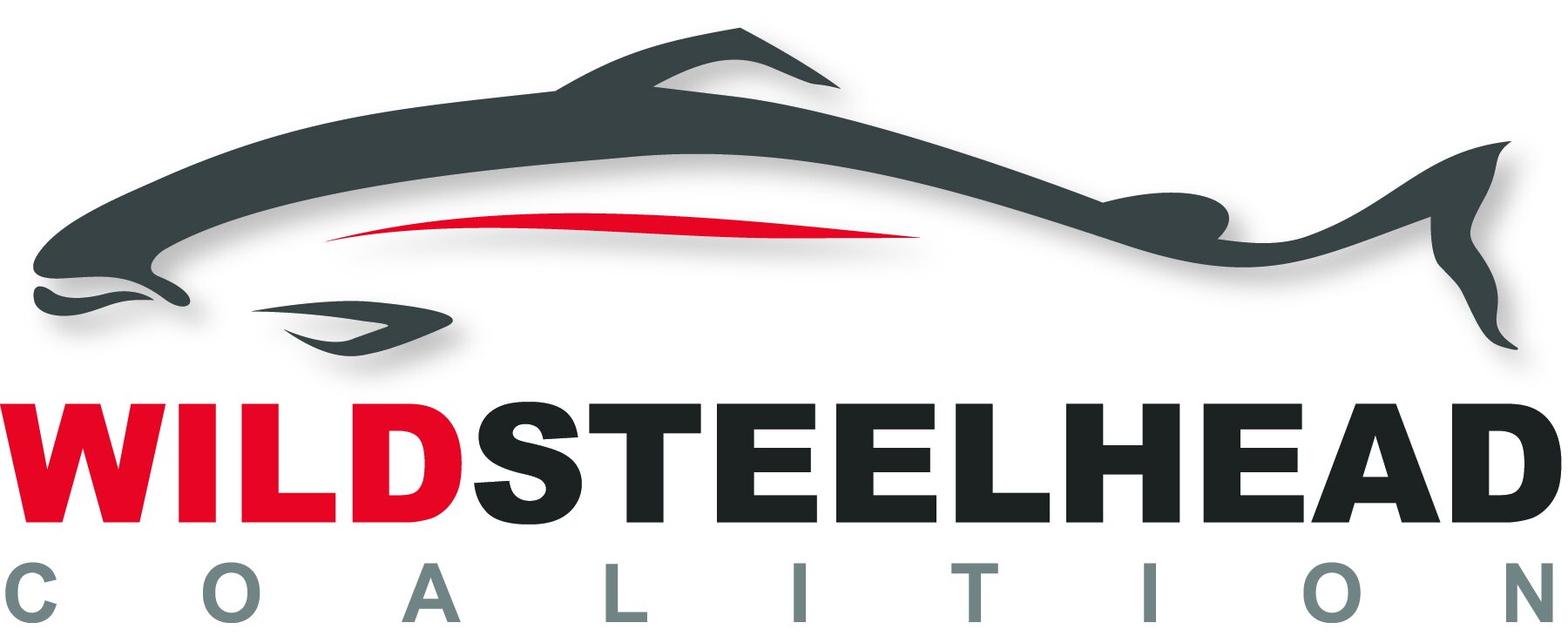Petition Proposal To Protect Resident Rainbow Trout
Rainbow and steelhead trout are the same species, Oncorhynchus mykiss, but their lifestyles differ. Rainbow trout are freshwater dwellers, while steelhead undergo a process of anadromy, migrating to the ocean and returning to freshwater to spawn.
Concerned by the potential threat to the wild steelhead population, the Wild Steelhead Coalition recently submitted the following petition to the WDFW to limit rainbow trout harvest in areas where these two forms of Oncorhynchus mykiss coexist.
THE RULE IS NEEDED BECAUSE:
Juvenile wild steelhead (Onchorynchus mykiss), who are documented to spend one (1) to four (4) or more years as resident fish in Washington State rivers, streams, and their tributaries, are otherwise exposed to undocumented and possible critical fishing mortality at this life stage. This rule would target those watersheds with wild steelhead runs, where current wild trout regulations need to fully recognize this key life stage as populations of wild steelhead comprise anadromous, resident, mixed-origin fish. Resident males are also thought to be an important contributor to the viability of anadromous steelhead populations.
Current statewide regulations require the release of all wild steelhead (spawners). However, these regulations fall short in that they do not extend this protection to include all freshwater steelhead life stages, other than through some regional emergency regulations and others that fall short (not necessarily providing year-round protection or with size limits that are highly questionable), clearly not recognizing the same need for protection for resident fish as part of any complete management strategy for wild steelhead. Current trout regulations are derived from "A Basic Fishery Management Strategy For Resident And Anadromous Trout In The Stream Habitats Of The State Of Washington" (October 1984). Though it was recognized in this report that there is overlap in many watersheds of the various life histories of O. mykiss. Size limits and open seasons were offered and are still in place, even in watersheds with known wild steelhead populations, as means to provide summer and fall "trout" fisheries. Given the endangered status of wild steelhead across the State, this is no longer an ethical or wise management option.
From a basic understanding of steelhead population dynamics, reductions in the numbers of young resident rainbow trout can significantly impact the number of returning steelhead adults, particularly at lower population levels, as is the general case now. Furthermore, this also involves any non-anadromous
resident O. mykiss, as it is documented that these fish are an essential contributor to progeny that eventually become anadromous. Population studies show that each spawning year produces successive year classes that contribute to the resident trout population - adding individuals to those previous year's classes still residing in their natal streams. This reproductive strategy builds up a multi-cohort bank of young wild steelhead and trout in each watershed.
Conserving resident trout, particularly in watersheds with wild steelhead runs, produces genetic integrity that, coupled with preserved or recovered river habitats, will go a long way to ensure viable steelhead populations, particularly in the face of a combination of stresses that include those from inevitable climate change.
We propose adopting a statewide wild trout management strategy of no bait, no kill, no size limit in rivers and streams with wild steelhead populations. Only when monitoring can establish sufficient numbers of resident wild trout should there be any level of harvest. Also, before specific proposals for individual waters can be developed, any new regulations need to consider that even under
catch-and-release under selective gear rules, there needs to be expected mortality (recent studies show this at least 4-6%). Again, only when monitoring can establish sufficient numbers of wild "trout" should the waters be open for any fishing - particularly in those watersheds habitually under escapement goals for spawning runs.
Mixed stock situations must also be involved in management actions to protect resident wild steelhead. The Bycatch of resident juvenile steelhead and kelts must be considered when other river fisheries are conducted.
Proposed Regulations:
• Statewide year-round Catch-and-Release (all-size wild trout) in rivers and streams for all watersheds with wild steelhead
• Statewide year-round Selective Gear Rules (all-size wild trout) in rivers and streams in all watersheds with wild steelhead
• Closed Waters: Selected sections of rivers designated as Wild Steelhead Gene Banks
• Closed Waters: Watersheds with wild steelhead runs under escapement

